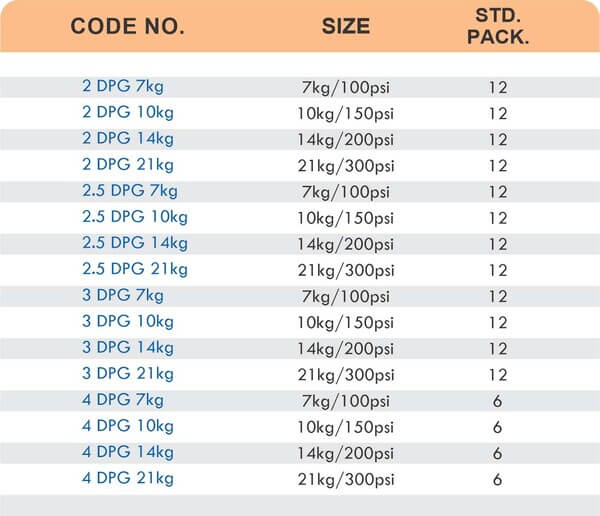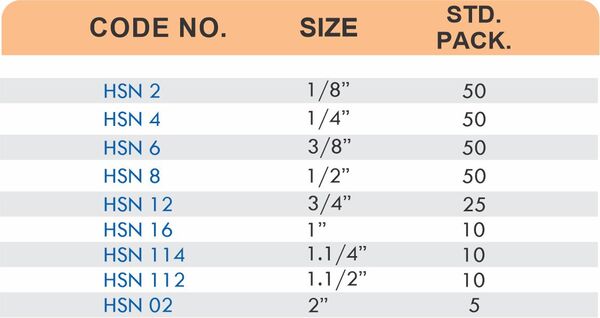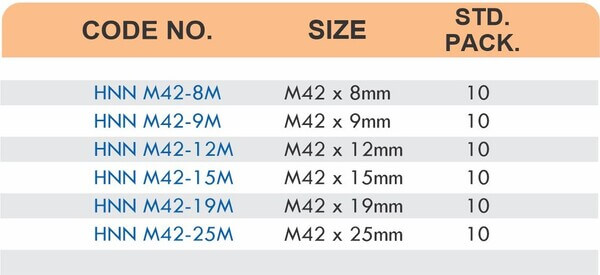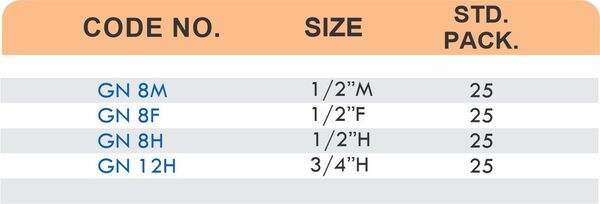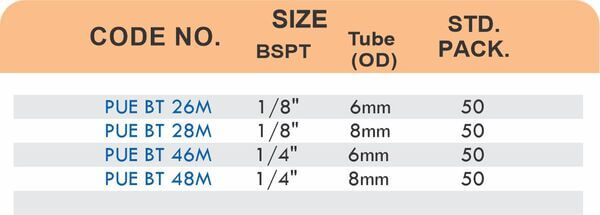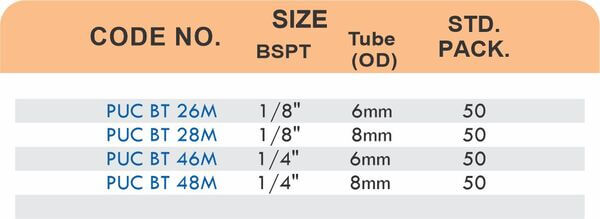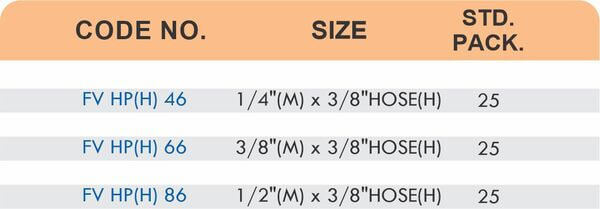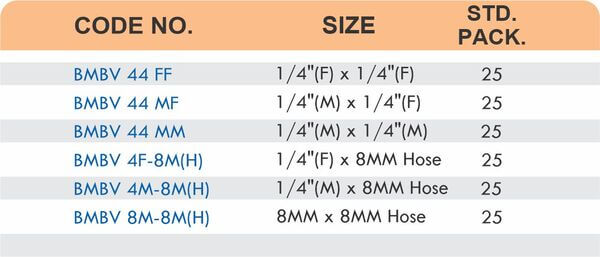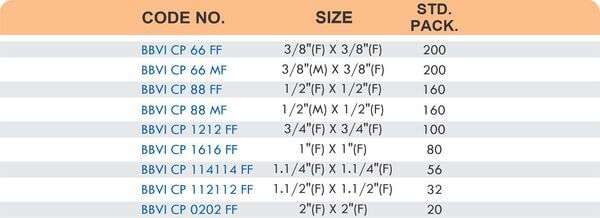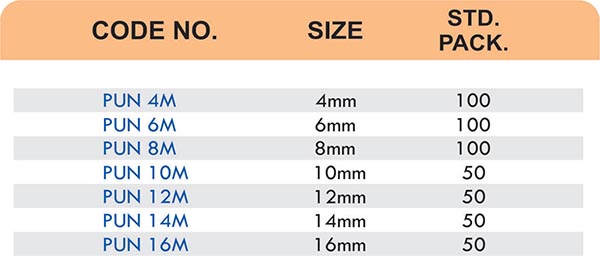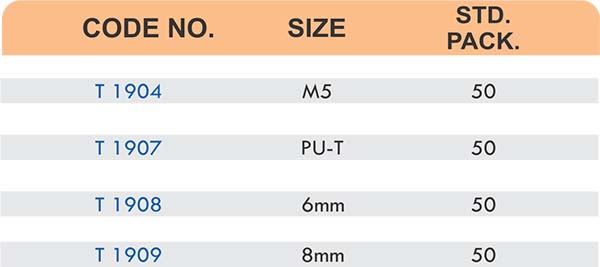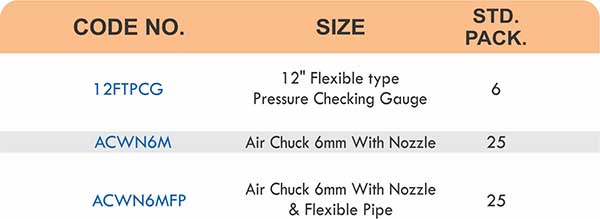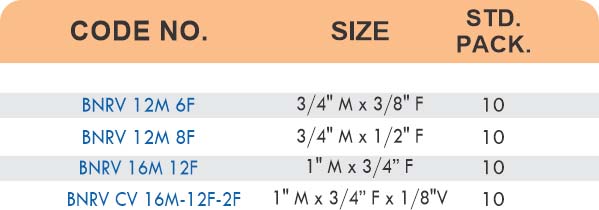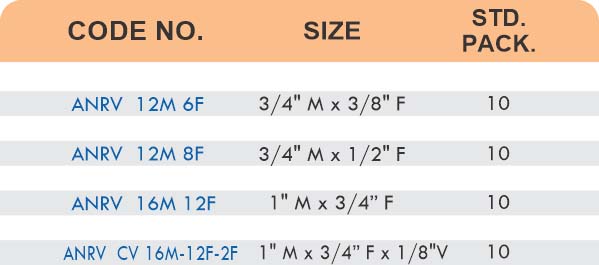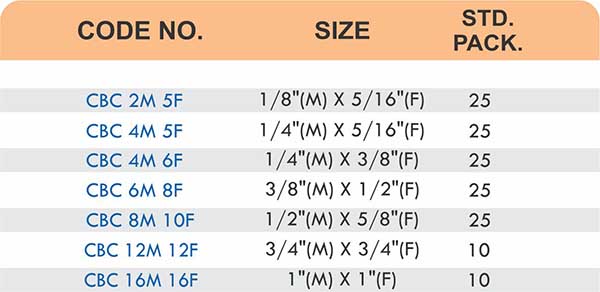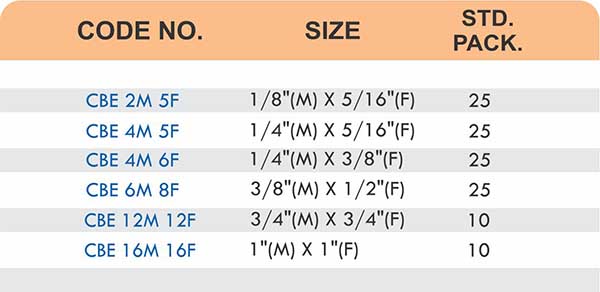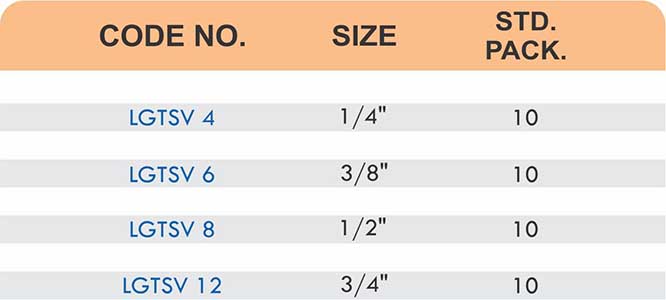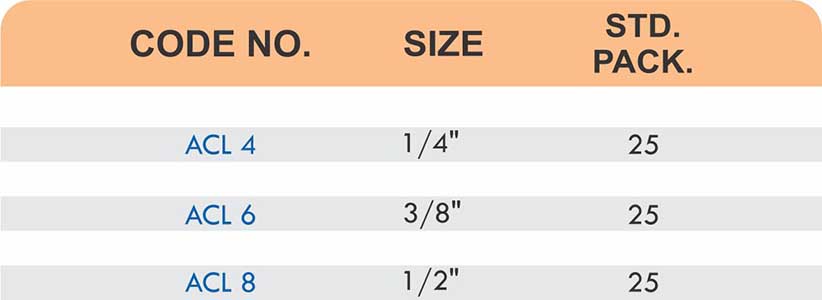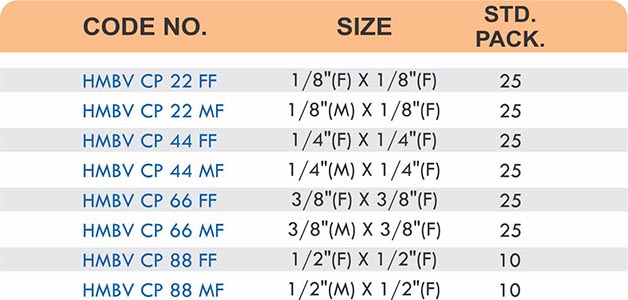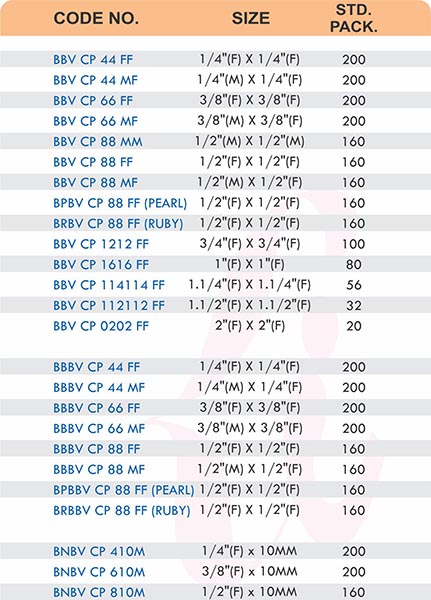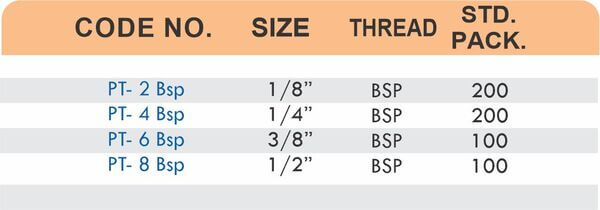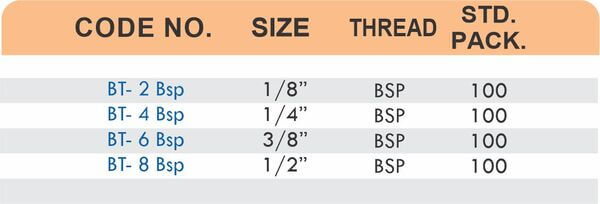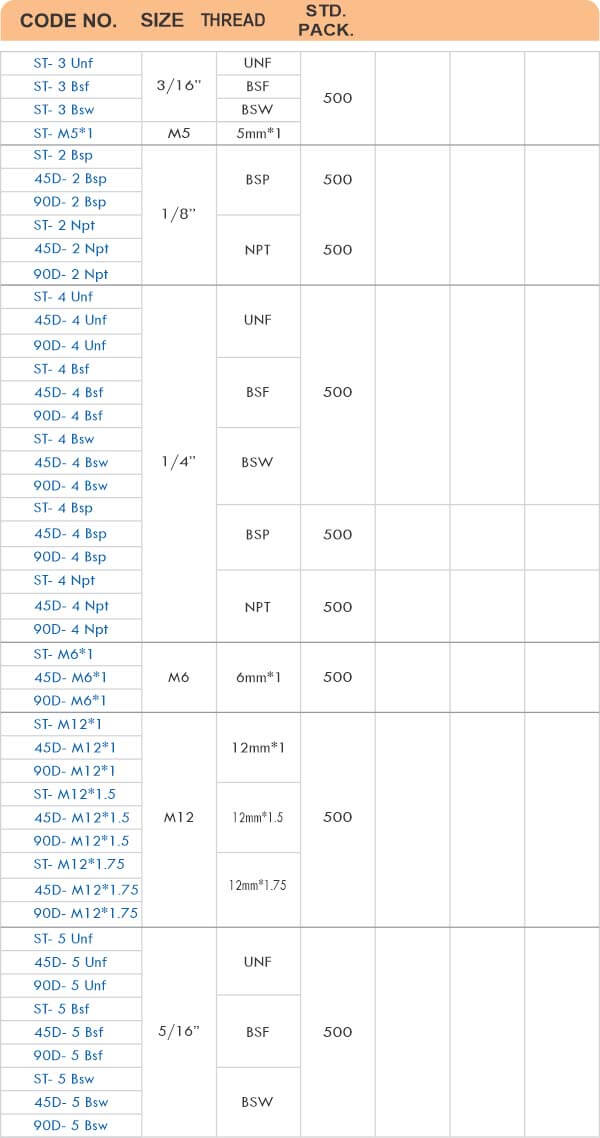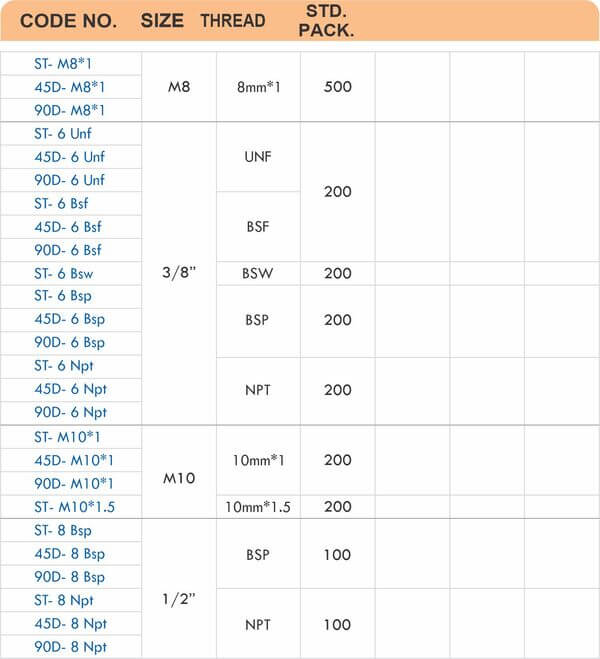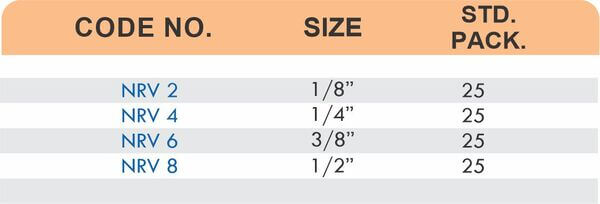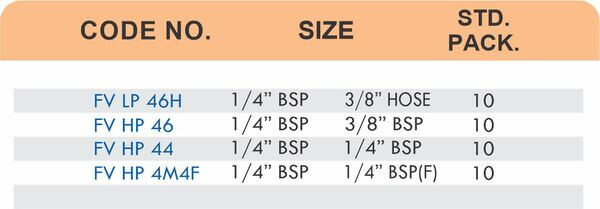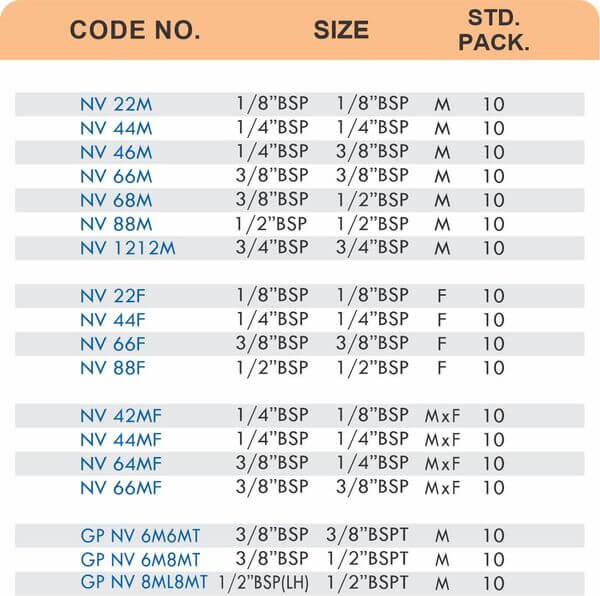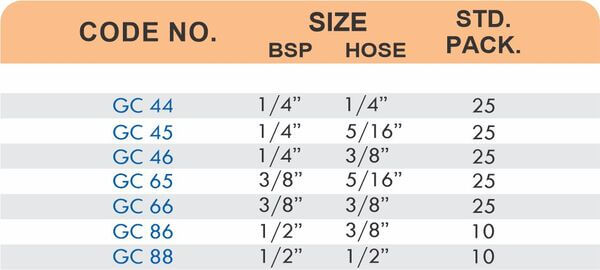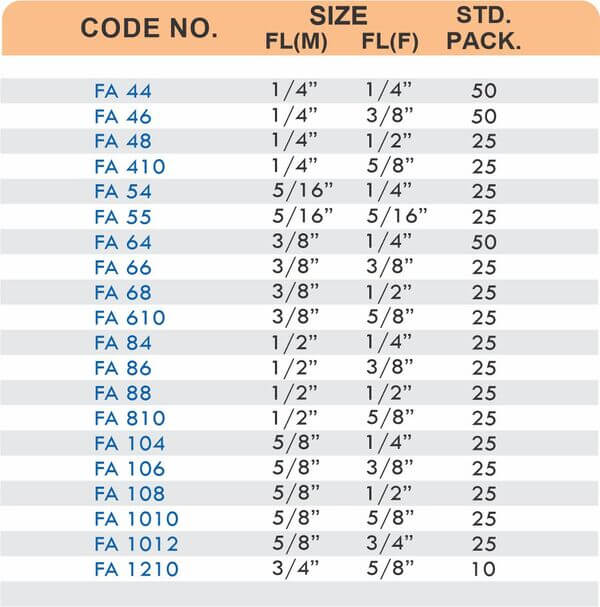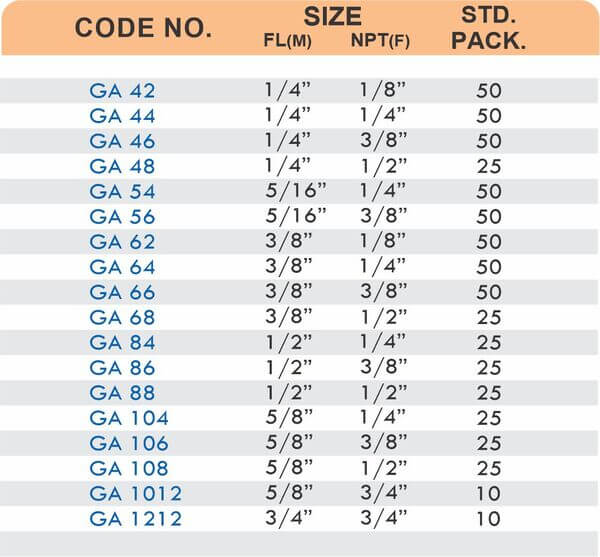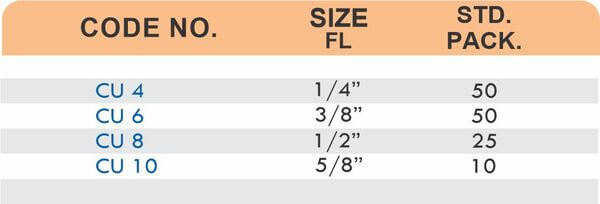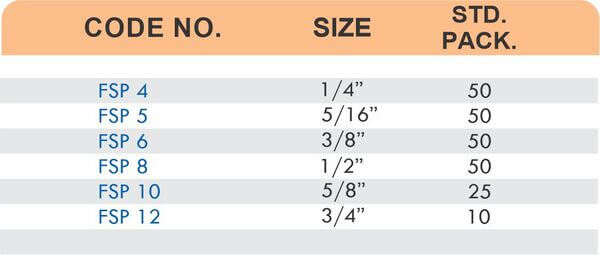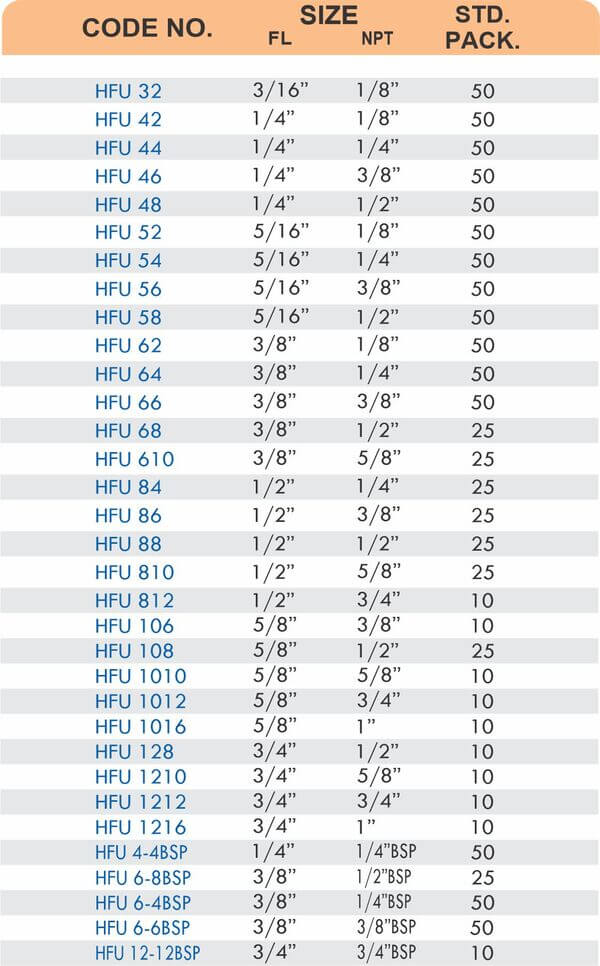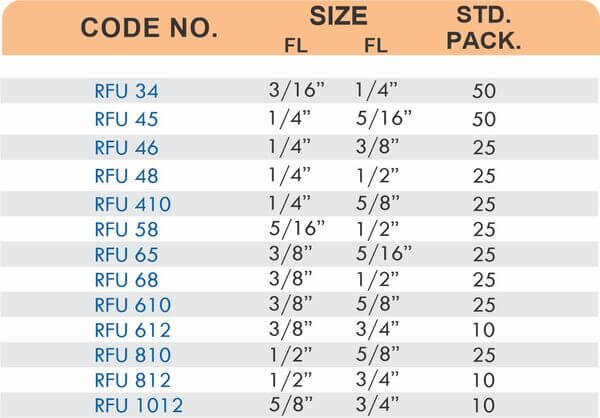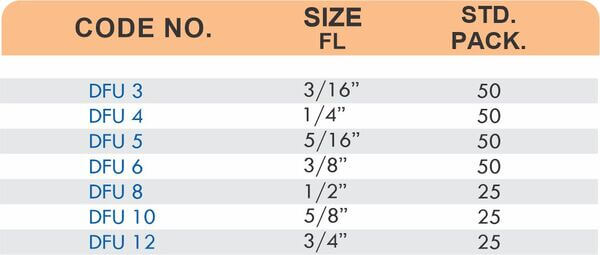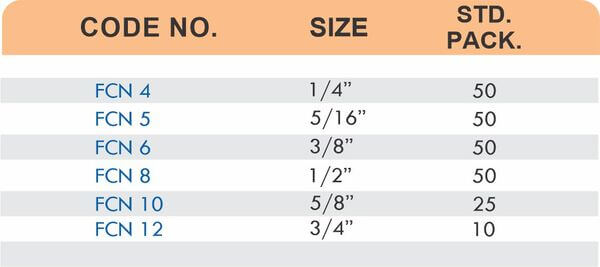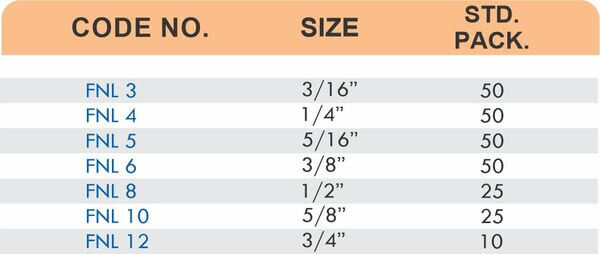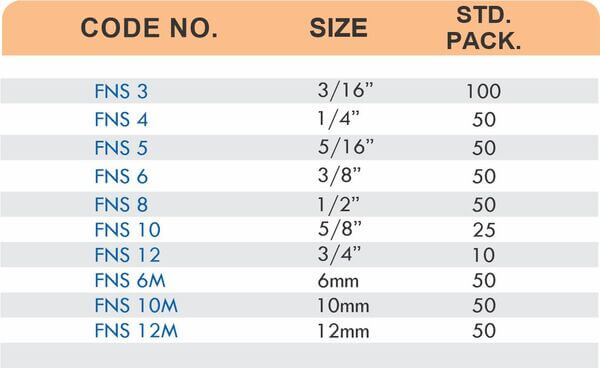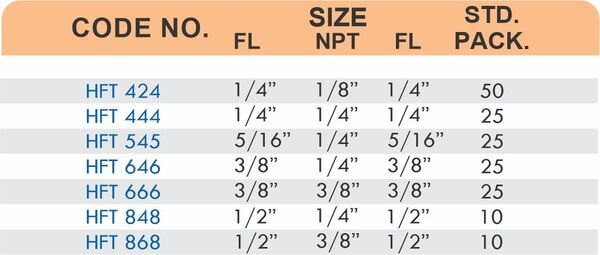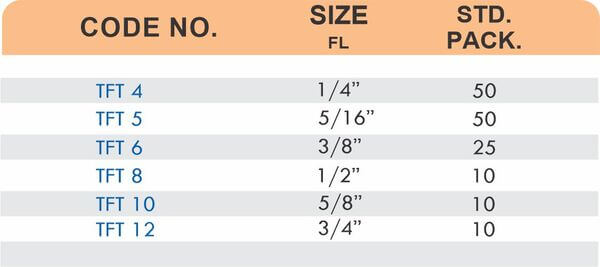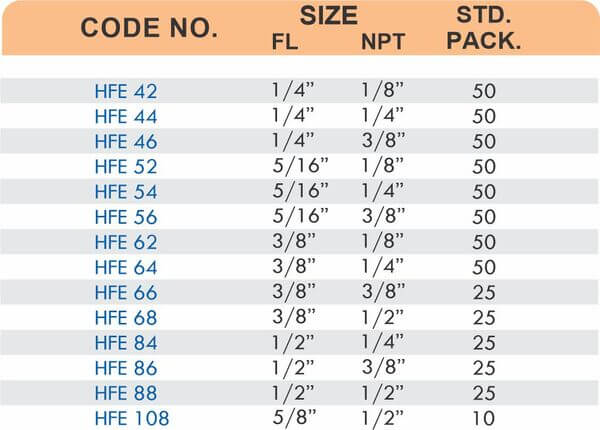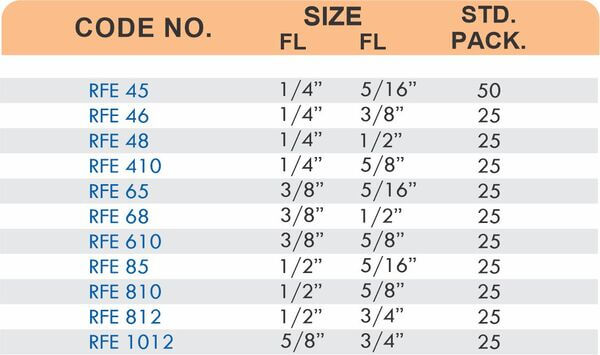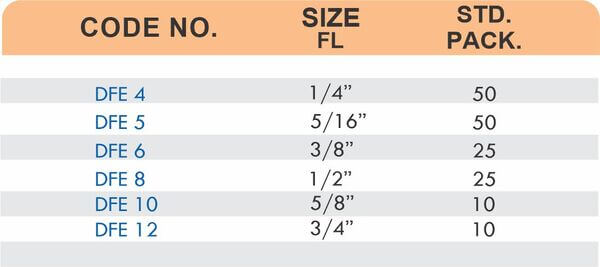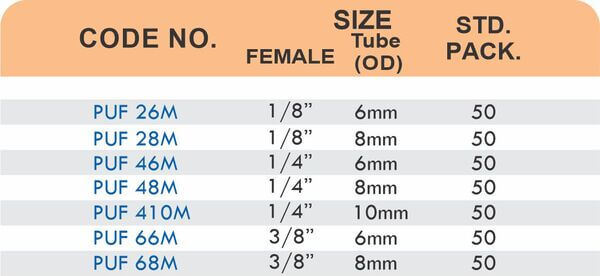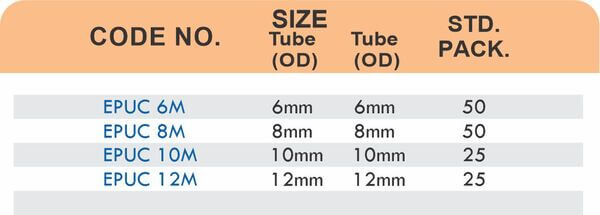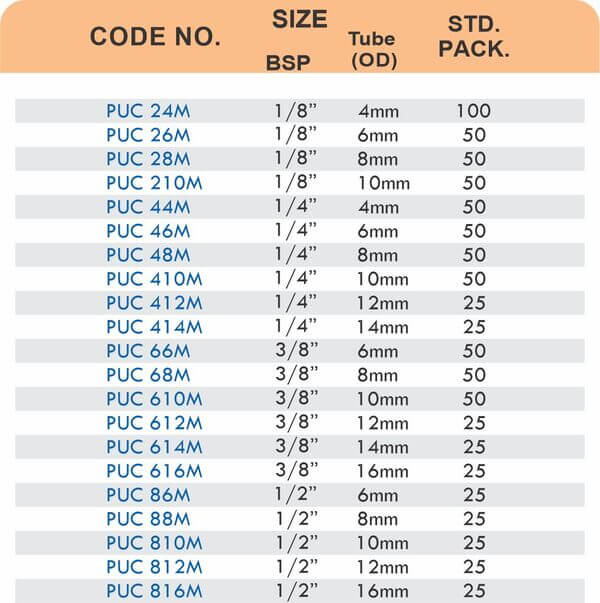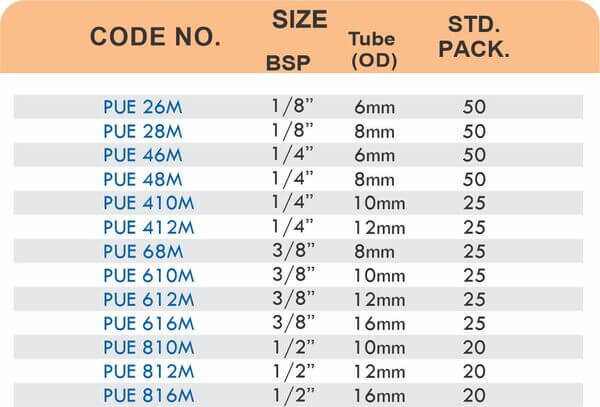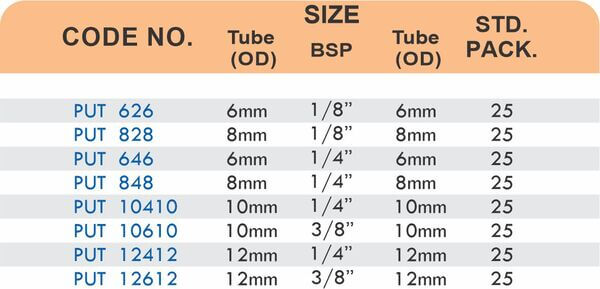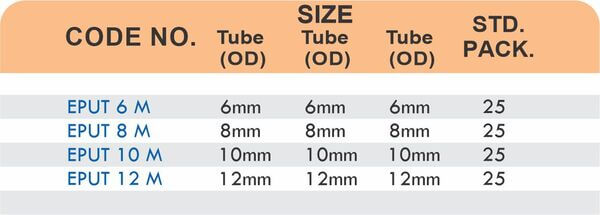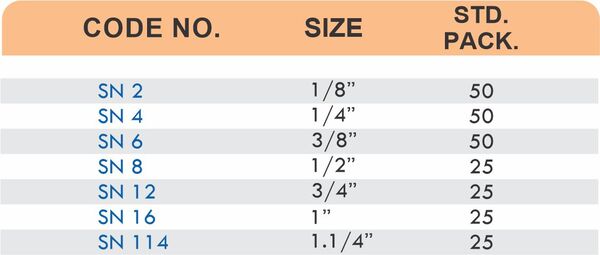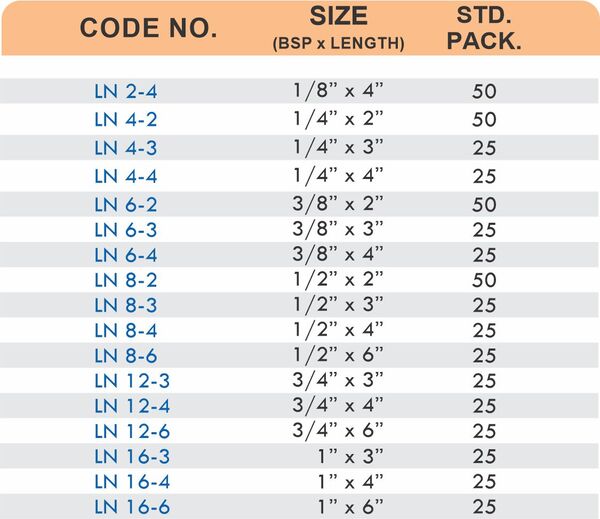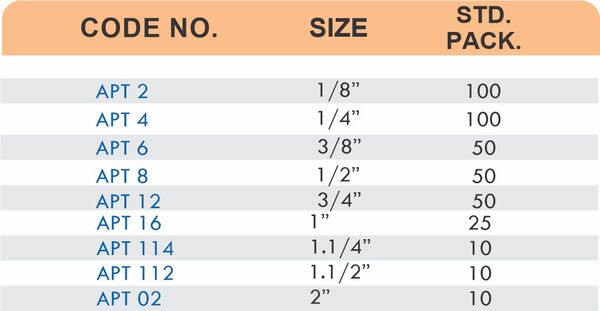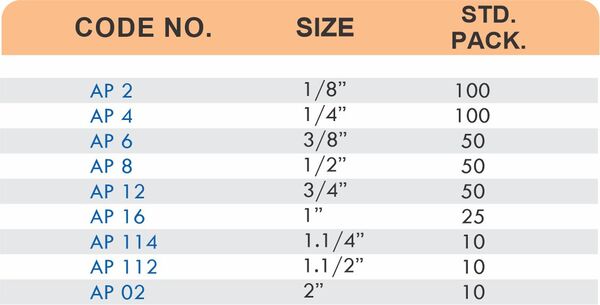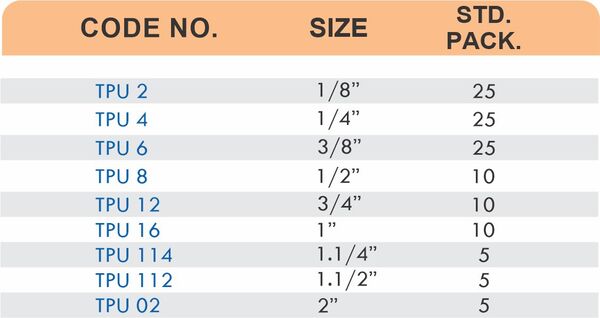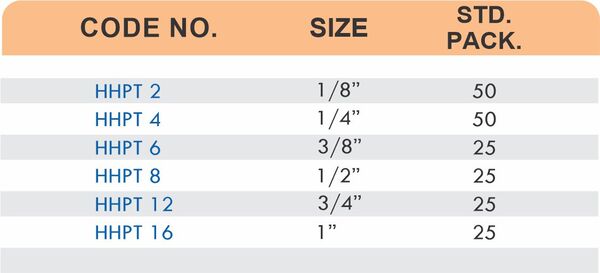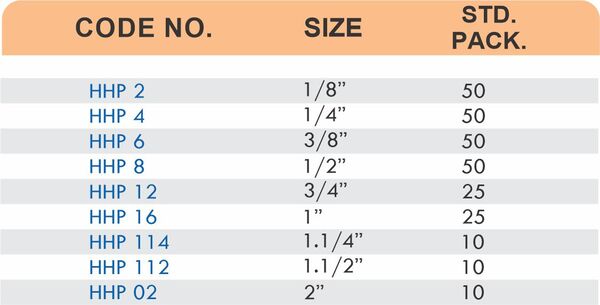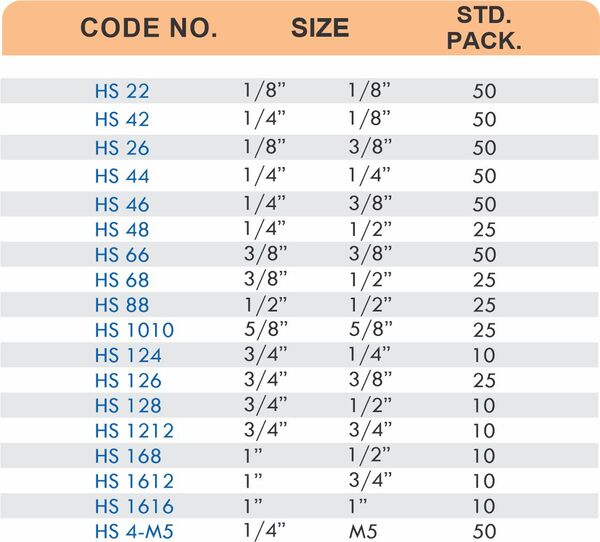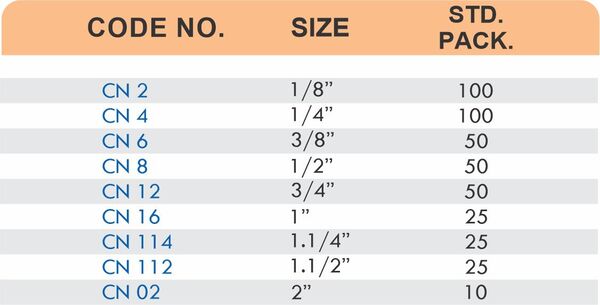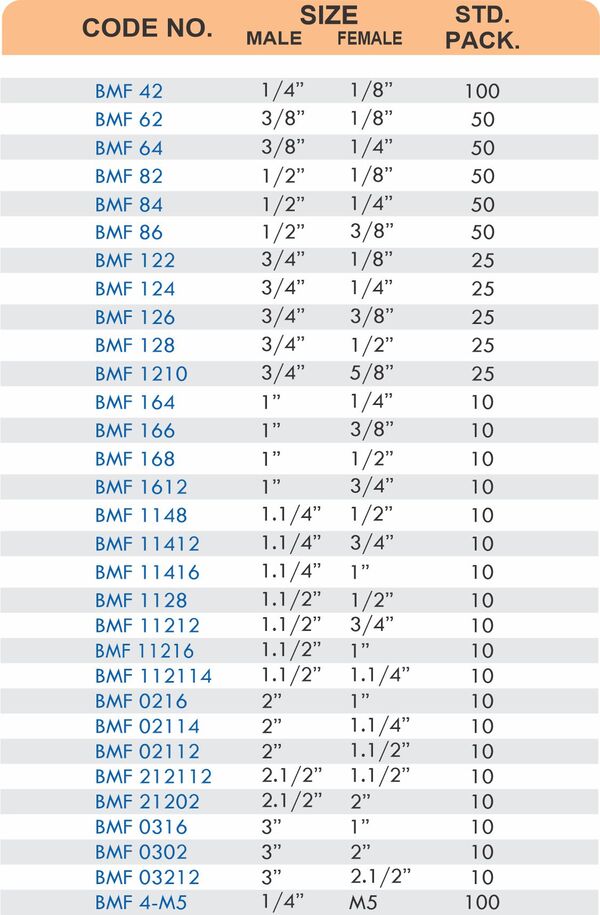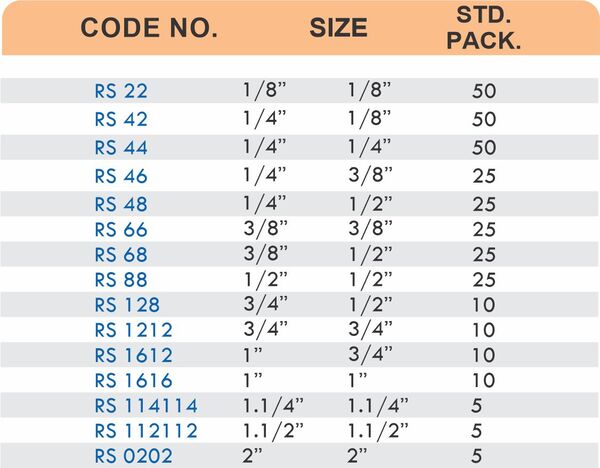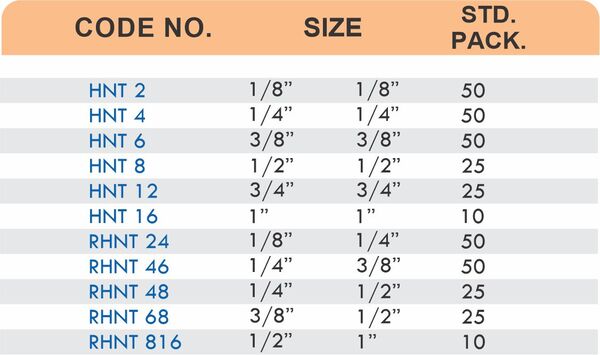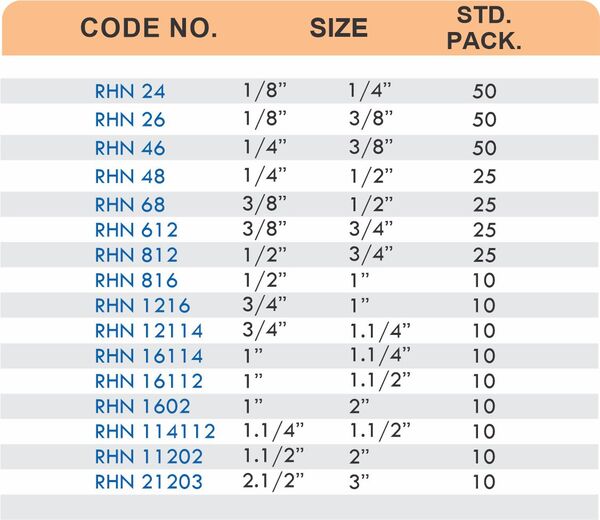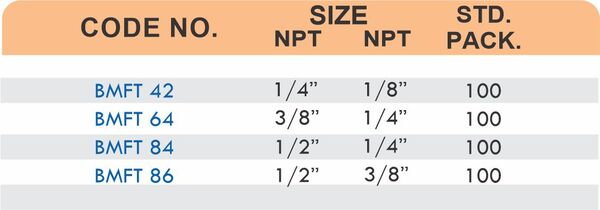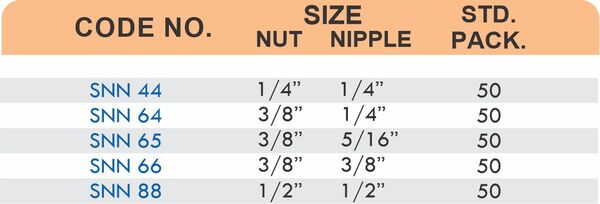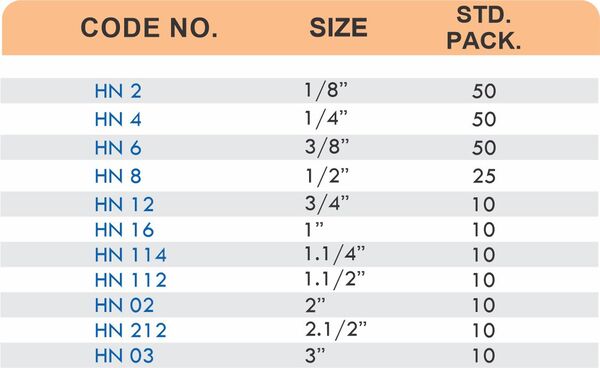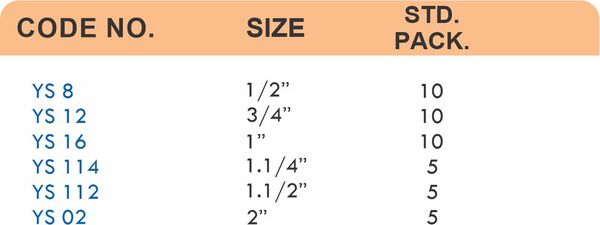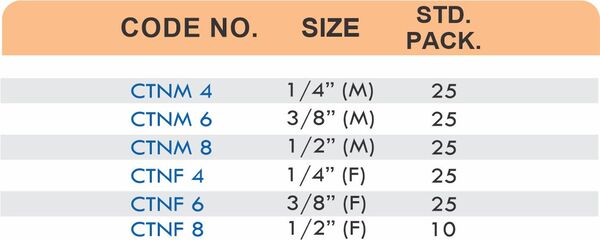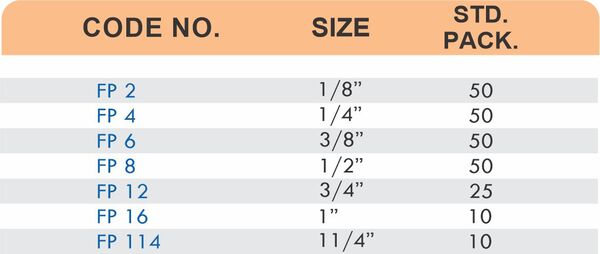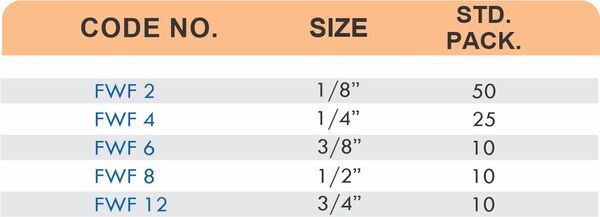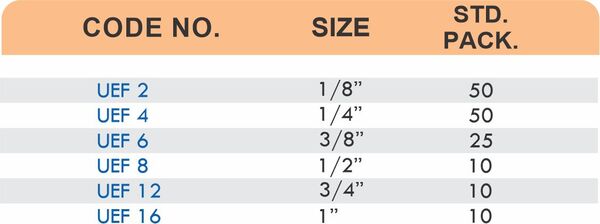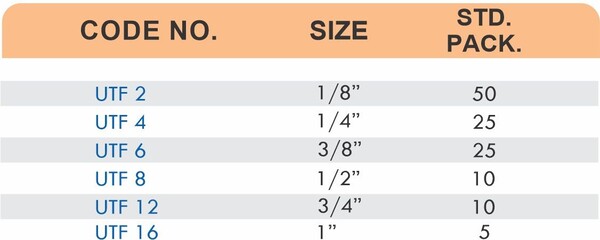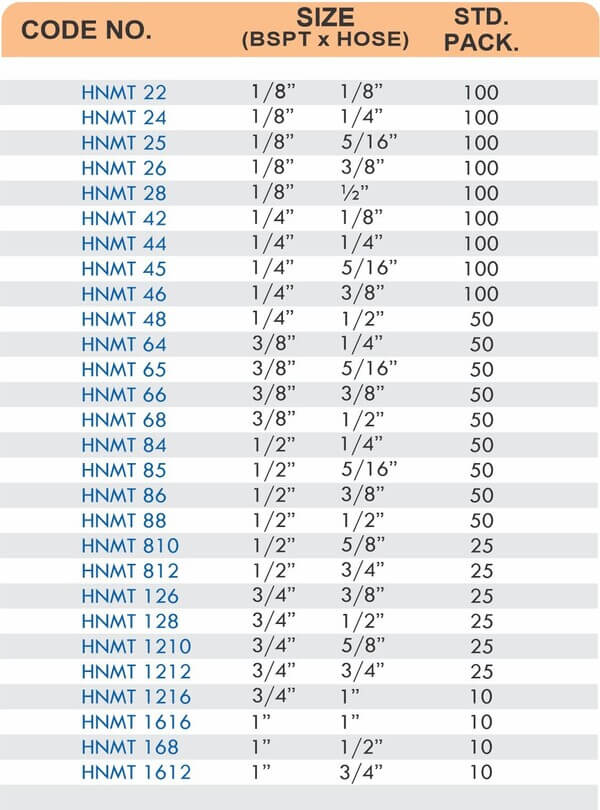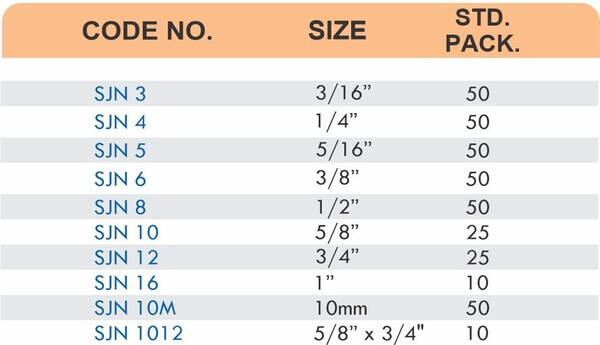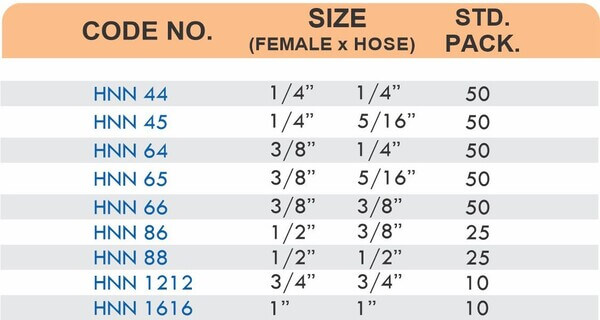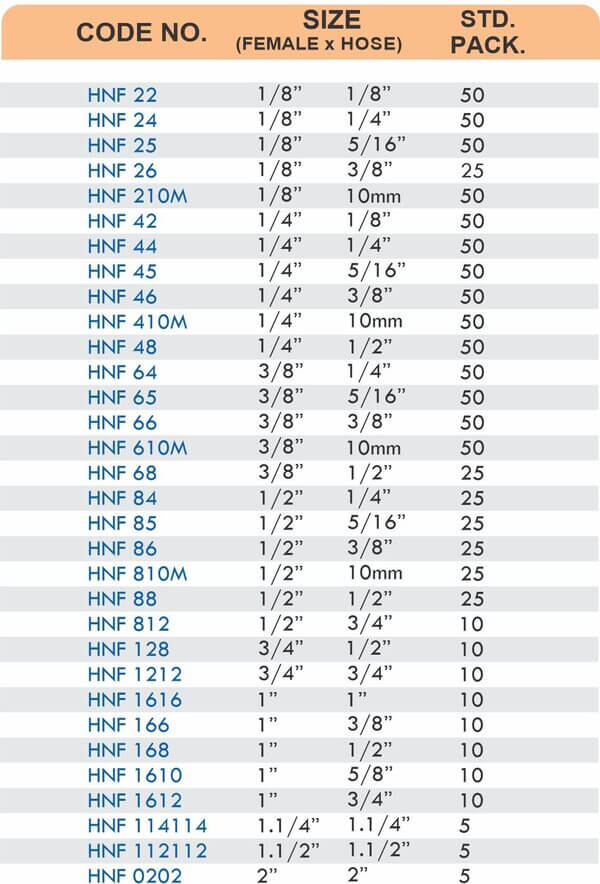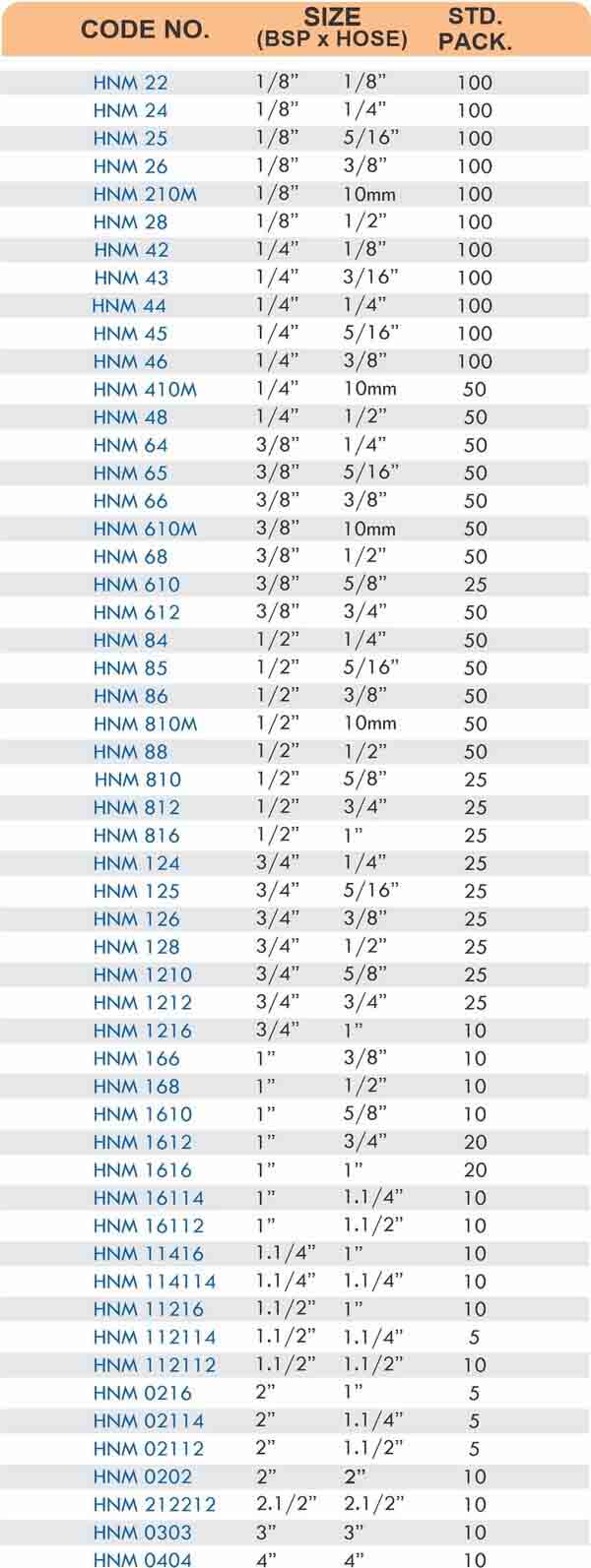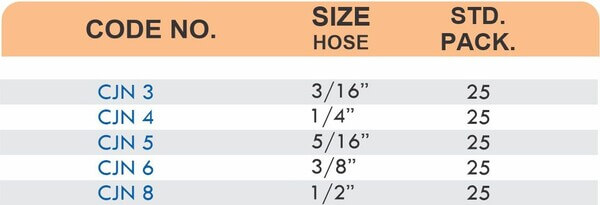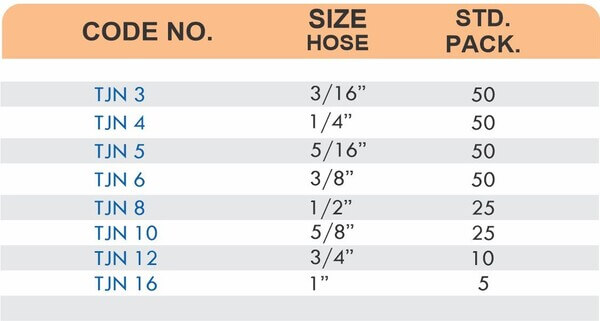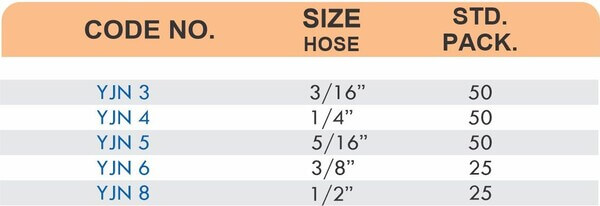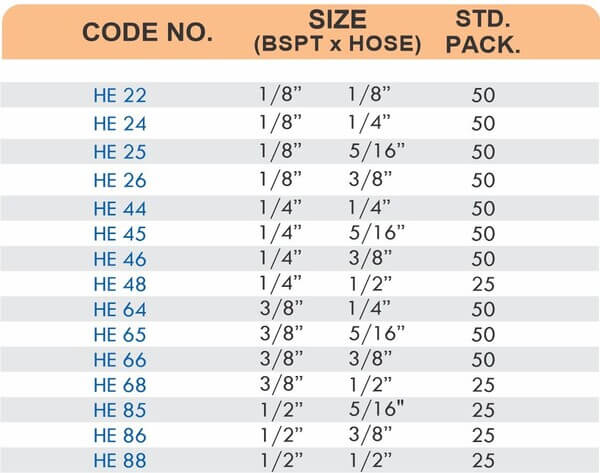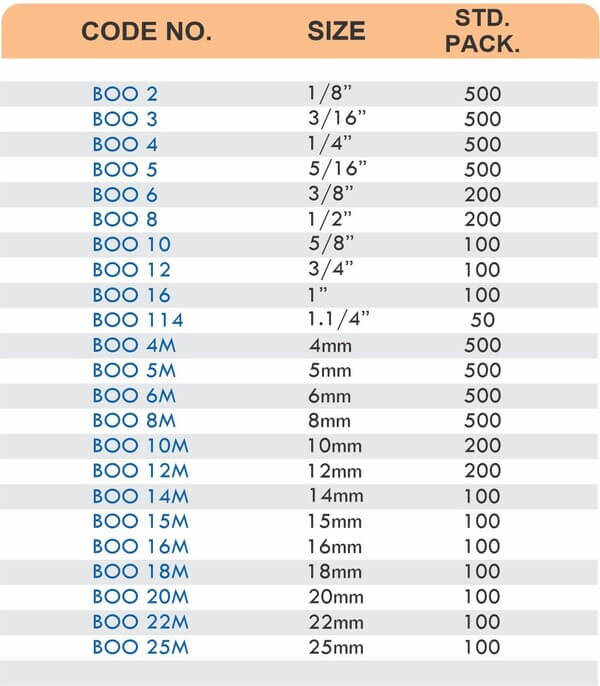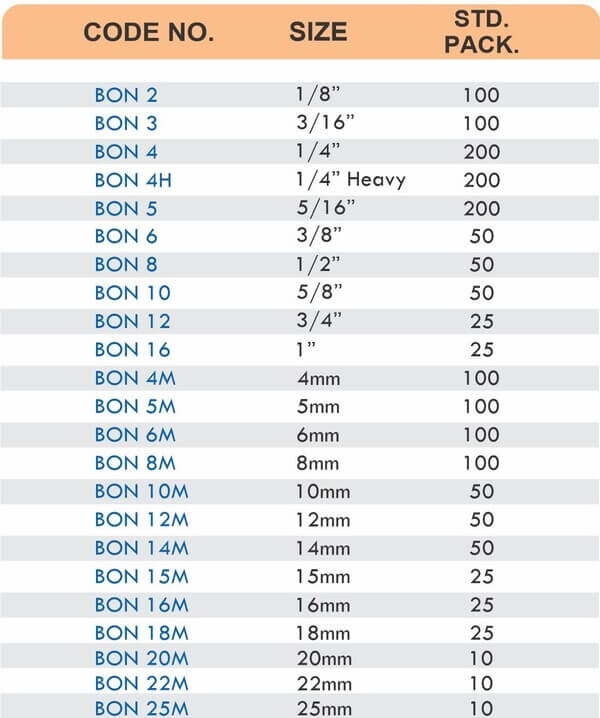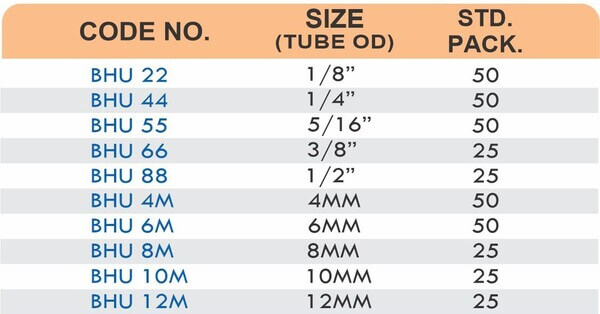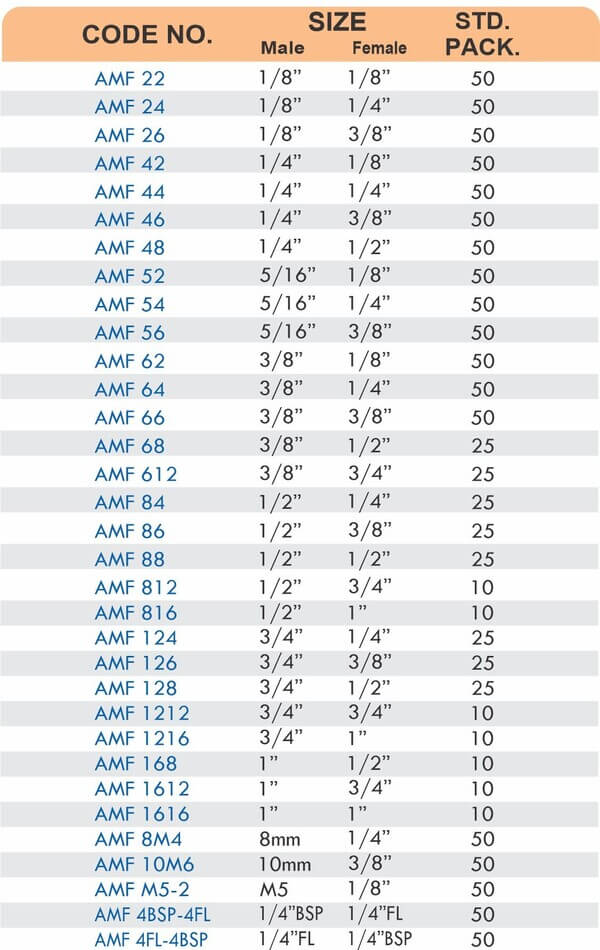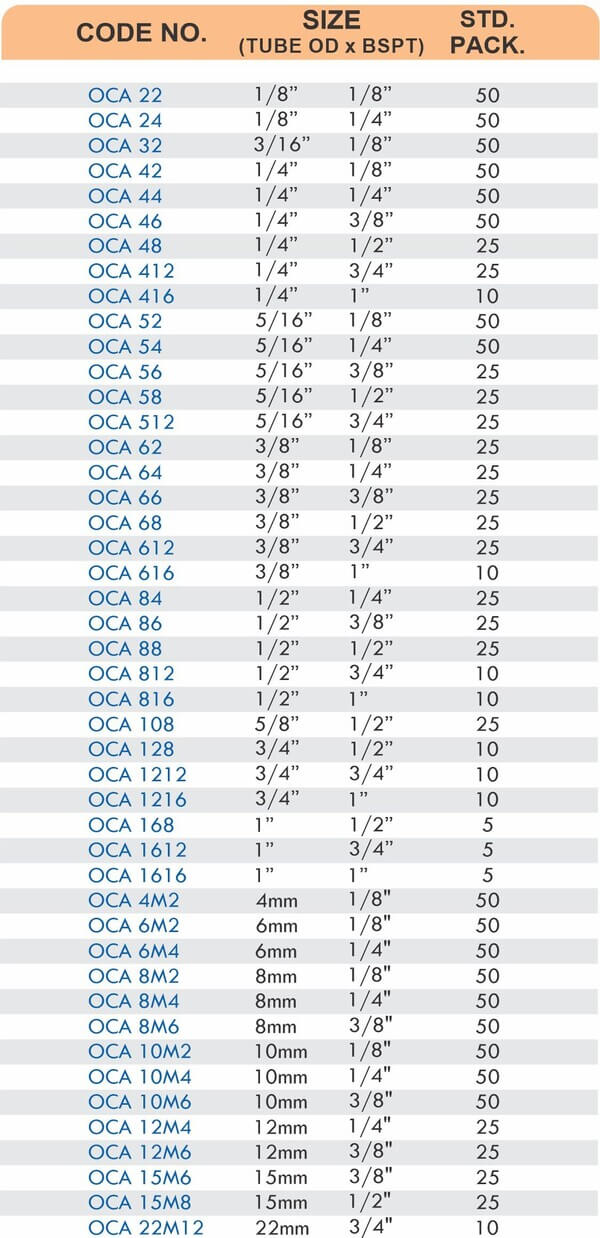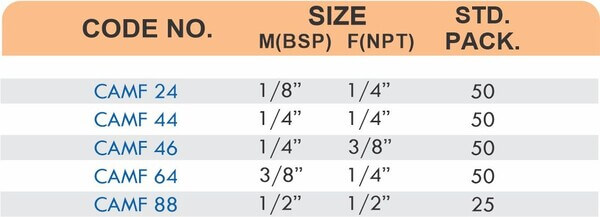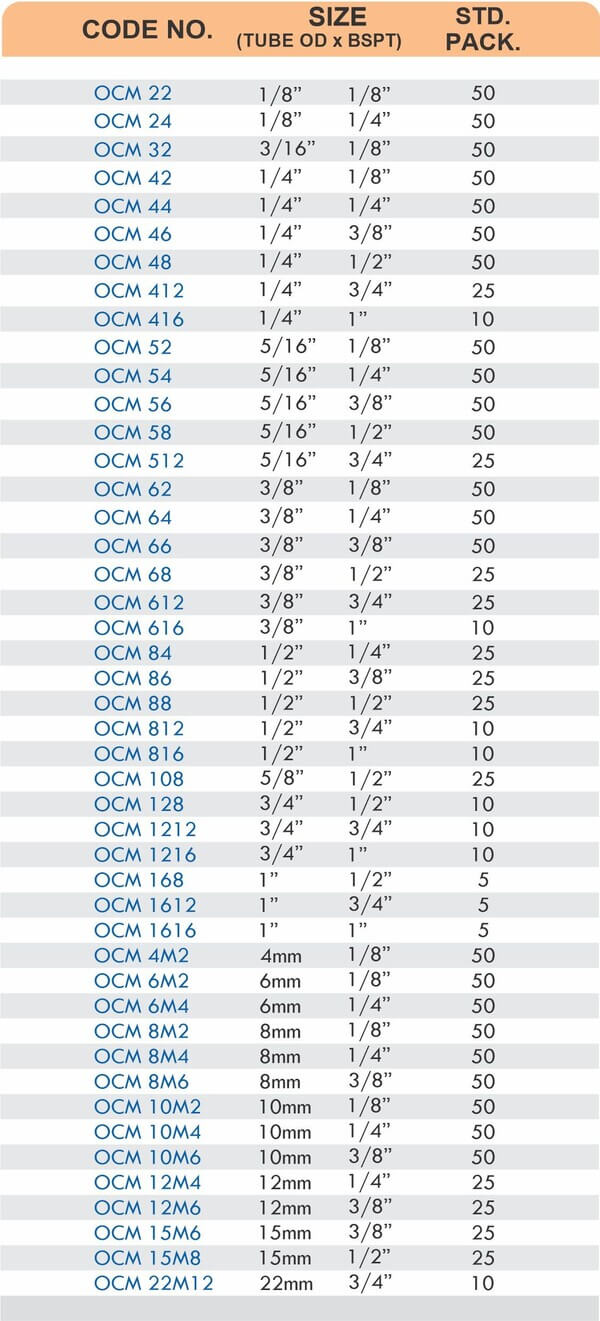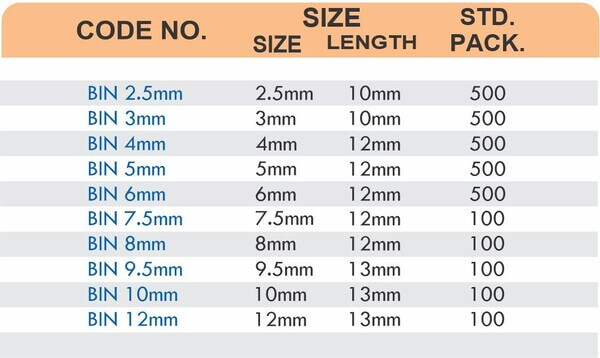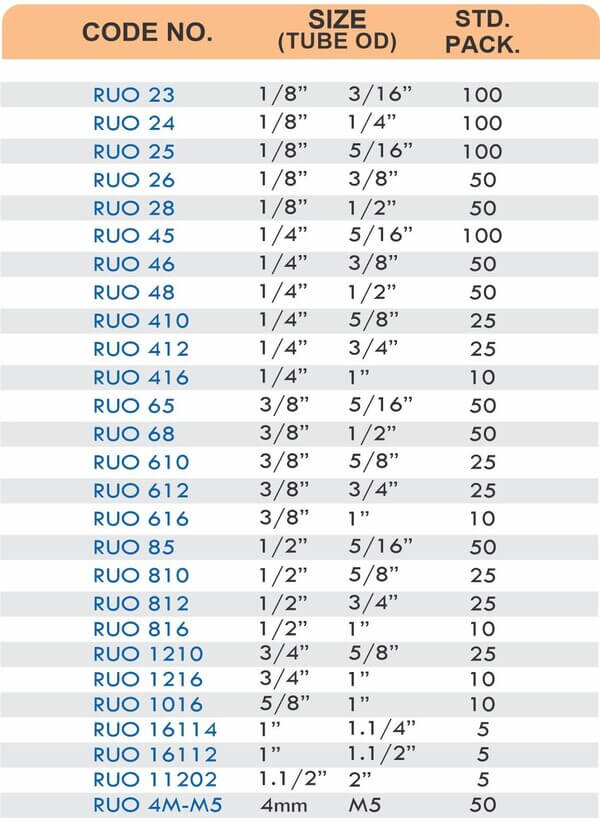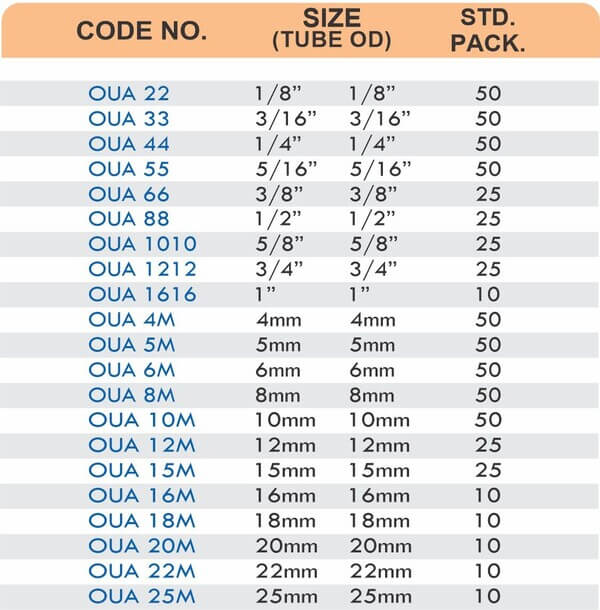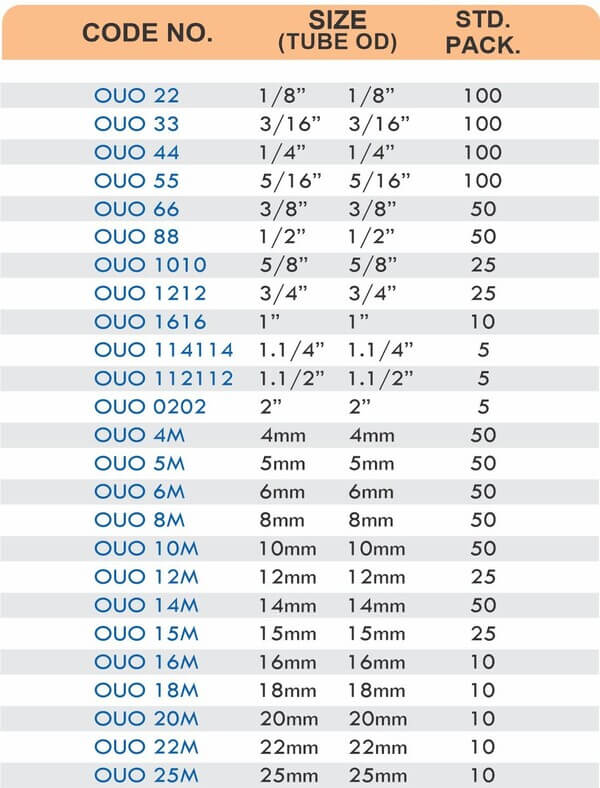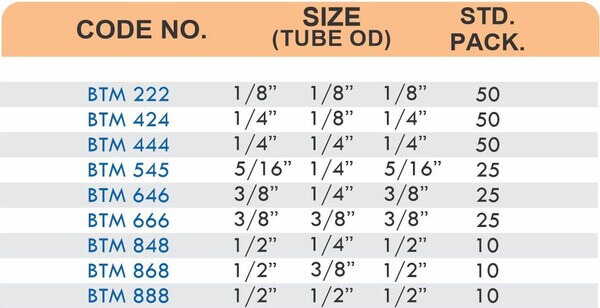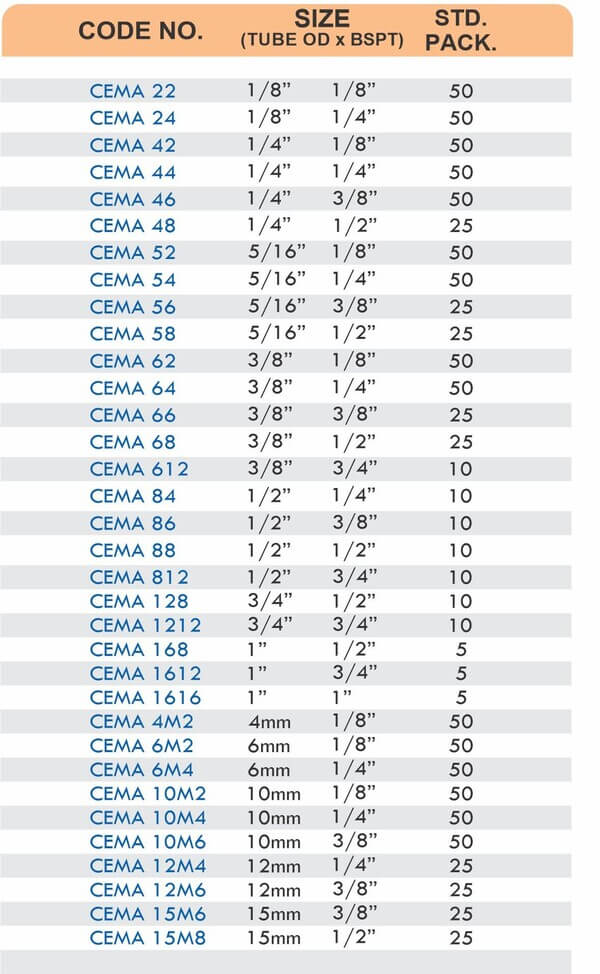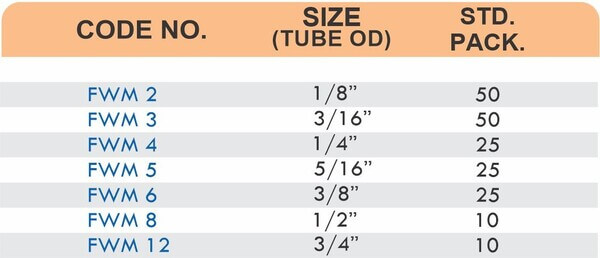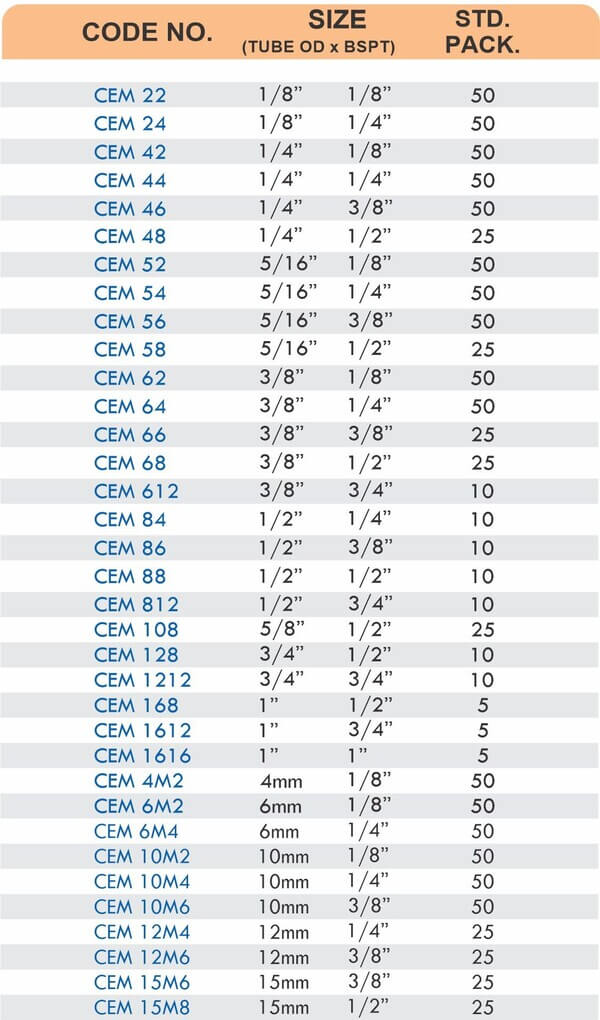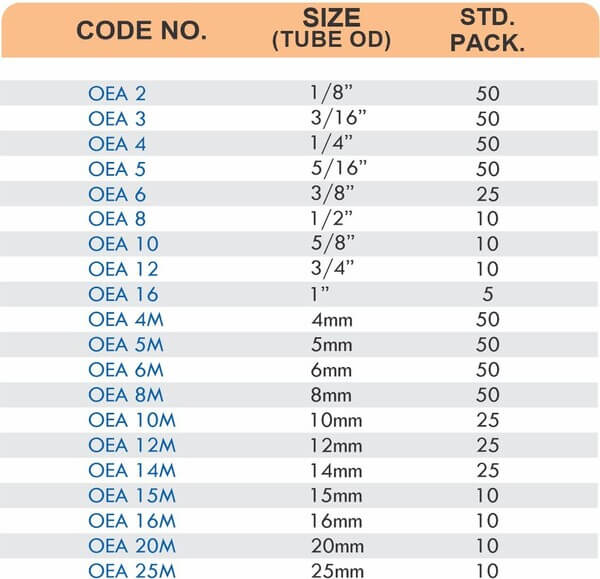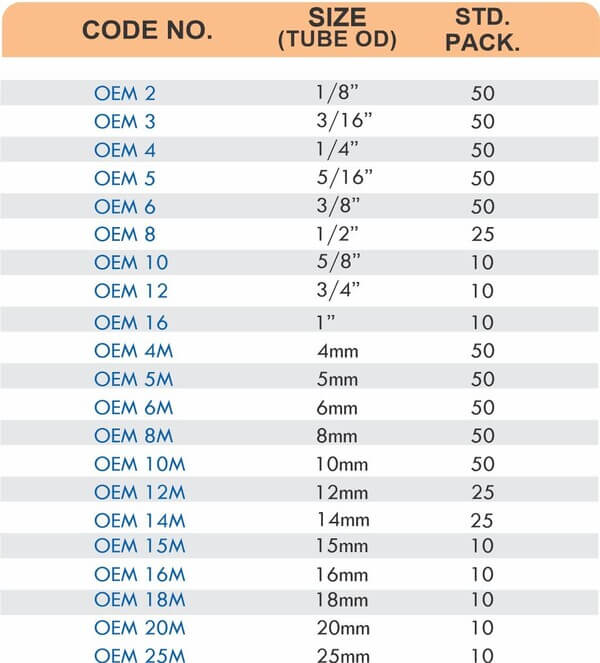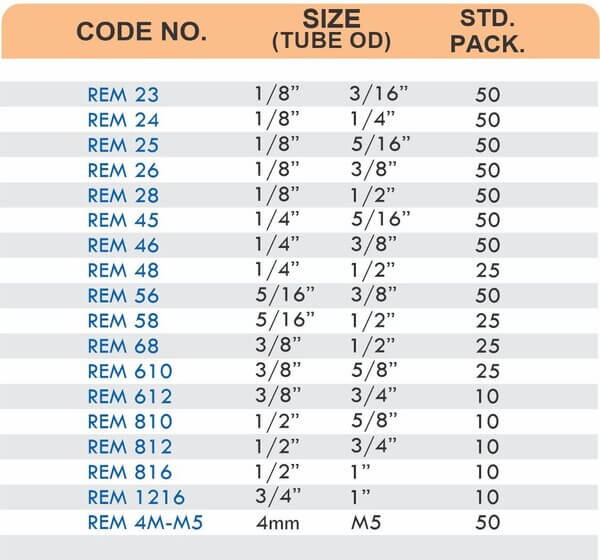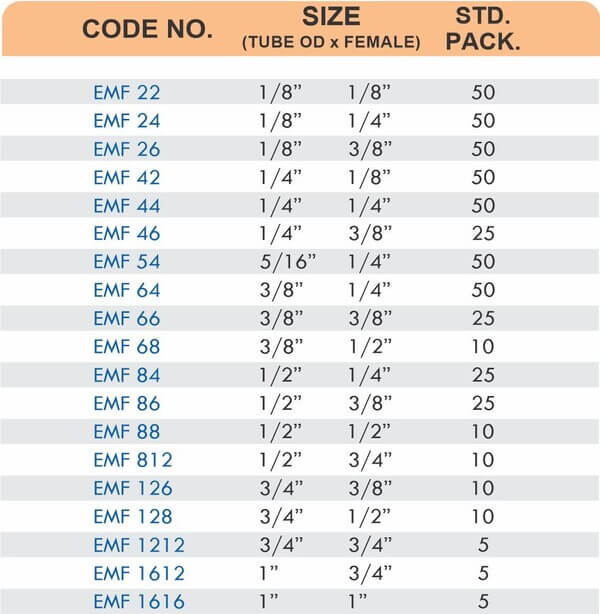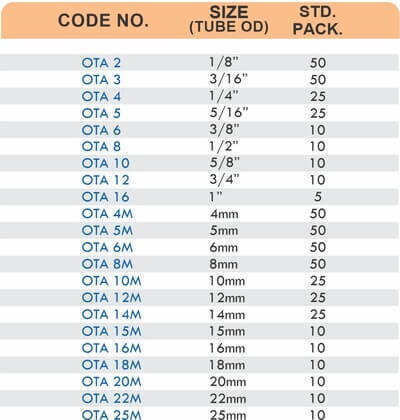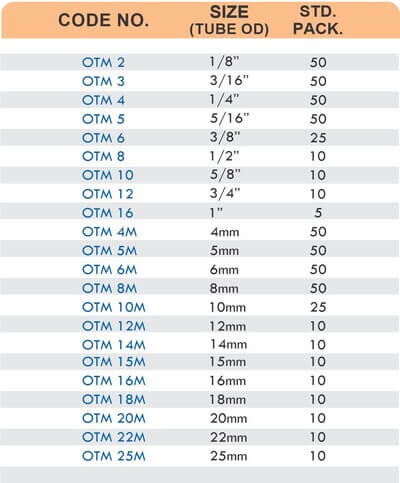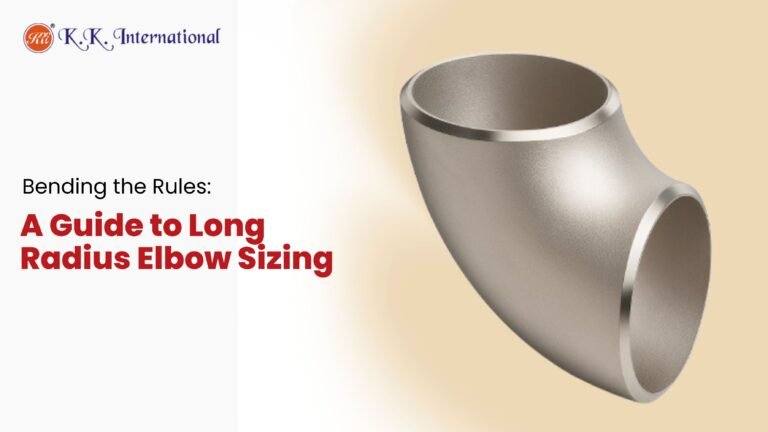
Bending the Rules: A Guide to Long Radius Elbow Sizing
Choosing the right long radius elbow is vital for any piping project, directly impacting flow efficiency, maintenance costs, and compliance with industry standards. This guide offers in-depth information to ensure accurate selection and optimal system performance.
Understanding Long Radius Elbows
A long radius elbow has a centerline radius 1.5 times the nominal pipe diameter, offering smoother directional changes and less resistance compared to short-radius elbows. Widely used in sectors such as oil & gas, chemical processing, power plants, and water treatment, they ensure minimal flow disturbance.
Key Advantages of Long Radius Elbows
- Reduced Pressure Drop: The gradual curve limits turbulence and energy loss, optimizing hydraulic efficiency.
- Extended Service Life: Lowered friction and impact reduce the risk of premature wear.
- Versatility: Well-suited for high-velocity, high-pressure, or corrosive environments.
- Compliance: Commercially available to ASME B16.9 and related standards, meeting project requirements.
Pipe Size and Nominal Diameter
The primary selection criterion is matching the nominal pipe size (NPS) of the elbow to the connected piping system. An incorrect size leads to leaks and flow inefficiencies. Standard sizes range from 1/2″ to 48″, with specific center-to-end dimensions for each.
Common Long Radius Elbow Dimensions Table (90°)
| NPS | O.D. (mm) | Center-to-End (mm) |
| 1/2 | 21.3 | 38 |
| 2 | 60.3 | 76 |
| 6 | 168.3 | 229 |
| 12 | 323.8 | 457 |
| 24 | 610.0 | 914 |
Wall Thickness and Pressure Rating
Project requirements dictate wall thickness, determined by pressure, fluid type, and code compliance. Heavier schedules (e.g., SCH 40, SCH 80) are chosen for higher pressures. Always verify that the elbow rating equals or exceeds system demands to prevent failures.
Material Selection
Material choice affects cost, lifespan, and chemical resistance. Popular materials include:
- Stainless Steel: For corrosion environments (chemical, food processing).
- Carbon Steel: Cost-effective for oil, gas, and water applications.
- Alloy Steel: Withstands extreme temperatures and pressures.
Specialty alloys (e.g., copper-nickel) are available for unique environments.
Flow Rate and Velocity Considerations
High velocity increases pressure drop and risk of erosion. A proper elbow size minimizes these issues:
- Calculate system flow using pipe diameter and required velocity.
- For higher flow rates, larger radii or customized bends may be required.
Application and Industry Standards
Ensure all components comply with standards, typically:
- ASME B16.9: Dimensions and tolerances for buttweld fittings.
- ASTM: Material specifications.
- MSS SP-43: Stainless fitting tolerances.
Space Availability and Installation
Long radius elbows require more installation space than short-radius types. Evaluate available area, accounting for center-to-end length during layout.
Additional Selection Factors
Corrosion and Temperature
Match material and wall thickness to resist anticipated corrosion and operational temperature ranges. Consult chemical compatibility charts for critical services.
Customization Needs
Custom elbows (odd angles/radii) are produced for compact spaces or non-standard requirements. Consider these when standard options aren’t feasible.
Tolerances and Quality Assurance
Manufacturers should supply test certificates, dimensional tolerance documentation, and NDT (non-destructive testing) results for quality-critical applications.
Best Practices for Sizing and Installation
- Measure actual pipe OD and wall thickness before ordering.
- Confirm product marking matches standard specifications.
- Use clean techniques and adhere to manufacturer installation guidelines to prevent early failures.
Frequently Asked Questions
Q: What’s the difference between long and short radius elbows?
A: Long radius elbows have a greater centerline radius, producing less turbulence and pressure drop, while short radius types fit limited spaces but increase resistance.
Q: How do I read ASME B16.9 dimensions?
A: Identify NPS, OD, and center-to-end measurements from published tables to select the correct fitting.
Conclusion
Selecting the right Long Radius Elbow involves nuanced decisions on pipe size, material, pressure rating, industry standards, and layout constraints. Diligent attention to these details ensures efficient, safe, and durable piping systems for any sector.
K K INTERNATIONAL provides expert advice, top-quality components, and custom solutions tailored for demanding industrial applications. For tailored quotes and support, contact our engineering team today!

